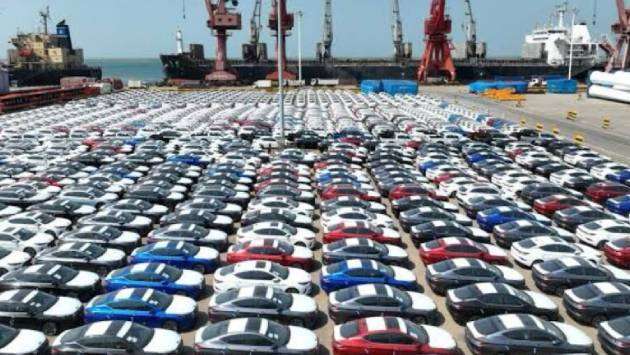
Importers deny drop in vehicle sales, 75% of imports already sold
- 5 hours ago
- dailymirror.lk
- Keywords: High Demand, Price Increase
Sri Lankan vehicle importers deny a decline in sales, with 75% of imported vehicles already sold since resuming imports. High demand has led to increased prices due to higher taxes and fluctuating exchange rates, prompting consumers to visit showrooms.